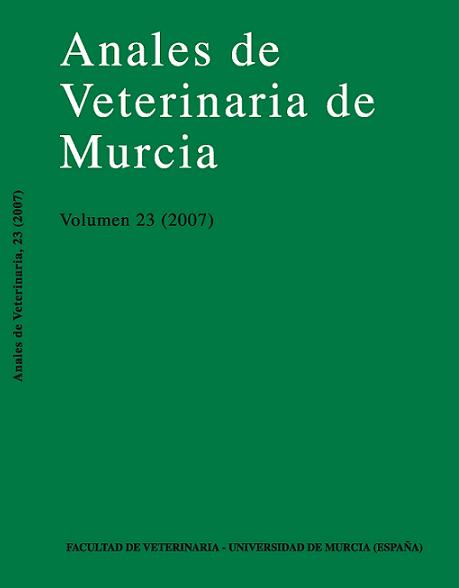FERMENTATIVE EVALUATION OF THE ARTICHOKE (<i>CYNARA SCOLYMUS L.</i>) BY-PRODUCT ENSILAGE ON THREE LEVELS OF MICROSILO
Abstract
The fermentative indicators evolution has been studied during 50 days of silage in the agro-industrial artichoke by-product (Cynara scolymus, L). The samples were analyzed at different sampling days (1, 2, 3, 4, 8, 12, 24 and 50), in three fractions of the microsilo (botton, medium and top). The pH stabilized in the fi rst 12 days. The lactic and acetic acids content was different between the sampling days (p<0.001), but the differences between fractions were not significatives. Water soluble carbohydrates content was different between the different ensiling days (p<0.001). No changes on pH have found and lactic or acetic acids and water soluble carbohydrates between the fractions evaluated. We can conclude that crude artichoke by-product will be suitable to be conserved by ensilage.Downloads
-
Abstract303
-
PDF (Español (España))258
Creative Commons Attribution 4.0
The works published in this journal are subject to the following terms:
1. The Publications Service of the University of Murcia (the publisher) retains the property rights (copyright) of published works, and encourages and enables the reuse of the same under the license specified in paragraph 2.
© Servicio de Publicaciones, Universidad de Murcia, 2019
2. The works are published in the online edition of the journal under a Creative Commons Attribution-NonCommercial 4.0 (legal text). You can copy, use, distribute, transmit and publicly display, provided that: i) you cite the author and the original source of publication (journal, editorial and URL of the work), ii) are not used for commercial purposes, iii ) mentions the existence and specifications of this license.

This work is licensed under a Creative Commons Attribution-NonCommercial-NoDerivatives 4.0 International License.
3. Conditions of self-archiving. Is allowed and encouraged the authors to disseminate electronically pre-print versions (version before being evaluated and sent to the journal) and / or post-print (version reviewed and accepted for publication) of their works before publication, as it encourages its earliest circulation and diffusion and thus a possible increase in its citation and scope between the academic community. RoMEO Color: Green.




